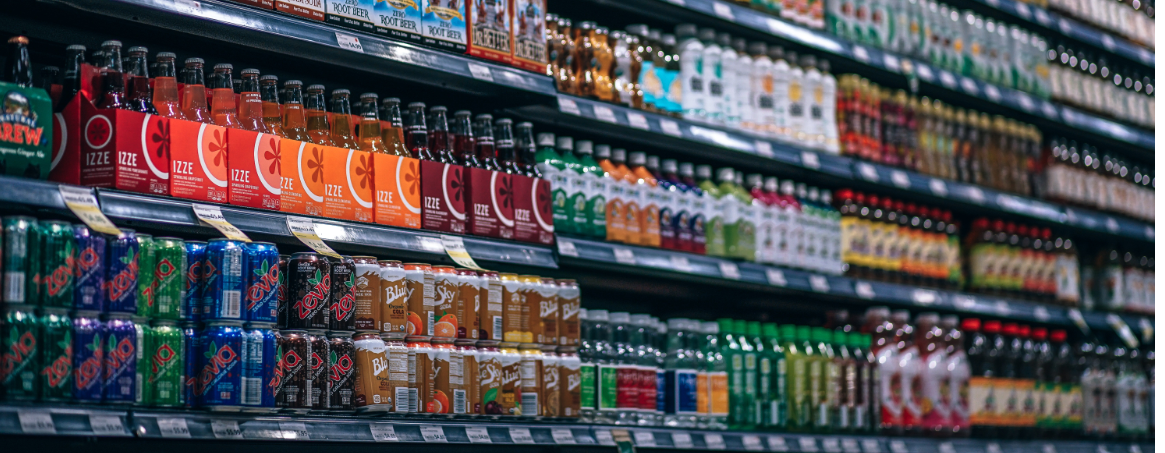As someone who has worked in the customer experience space for over 20 years, across multiple industries, I was happy to bring it back home to my earlier days by attending this year’s NGA Show in San Diego. Right away it was easy to see what a great representation this year’s conference was in showcasing the growing number of resources available to independent grocers – who are competing in today’s technology driven world. As I reflect on the providers and exhibitors, I’m left with dozens of takeaways, however below I havsae prioritized on my top three:
1. Mobile Mania & Omnichannel Omnipresence
It’s really no surprise that mobile accessibility is key to winning and keeping customers. From independents up to the largest chains, many shoppers are using a mobile device to research grocery purchases, build shopping lists and pay. And today, price comparison only accounts for a small part of that research. Keeping things like ingredients and brand reputations in mind, this means grocers will need to have a seamless experience at all levels: online, mobile app and in-store.
It’s no longer enough for CPG brands to understand the omnichannel path-to-purchase, but retailers also need to step up their game. Pay by mobile is increasingly an expectation, and if a retailer doesn’t already accept mobile payment, they are behind. It was Steve Bishop who said it best in his presentation, “Independent retailers need to consider how to make it seamless for shoppers to move between online and in-store.”
2. Marketing (R)Evolution
Creative marketing can be a real win for local grocery retailers – whether an independent or large chain. While traditional mailers and circulars are still a key aspect of the advertising push, the drawing power of a low-cost YouTube video can really maximize returns in marketing. It doesn’t have to be Academy Award winning. It can be about your stores’ core beliefs or even footage from a service event. At the end of the day, it just has to be authentic and show your customers the respect you have for them.
3. Experience Maximization
Brick and mortar store locations can meet future shopper expectations by taking advantage of readily available technology and continuously working to improve the overall experience. Advances in mobile technology are available to help shoppers find the right aisle, pick the right product and even market to them while in store.
Smart home devices will start to roll out into grocery stores to provide that same type of assistance and, eventually, work between store and home (“Alexa – can you tell me how many rolls of paper towels I have left?”). Despite the emphasis on technology, the in-store experience will continue to be significant. No matter your store size, it will be essential to evaluate and measure customer experience and more importantly, further enhance it with actions that drive profitability. Not everyone can afford a data scientist, but everyone will need to be able to respond to data.
It is not by mistake that I have mentioned technology numerous times. Over the past few days I met with at least a dozen “data aggregators”– everything from basket data, to SKU analysis to inventory. Almost every retailer I spoke with talked about the changes from just two years ago when all focus was on product variety and traditional marketing.
Today, experts in the industry have recognized that gathering data is essential for the future success of a business. I would take it a step further to suggest that it is essential for the future success of a business to know how to take action on that data. Having a dedicated function at every location isn’t always possible. However, having a road map to achieve and partners that support you in that effort will always help you win with your customers. As the grocery industry continues to go through massive change, a huge opportunity exists for retailers that use data to deliver omnichannel experiences that meet their customers changing needs.

